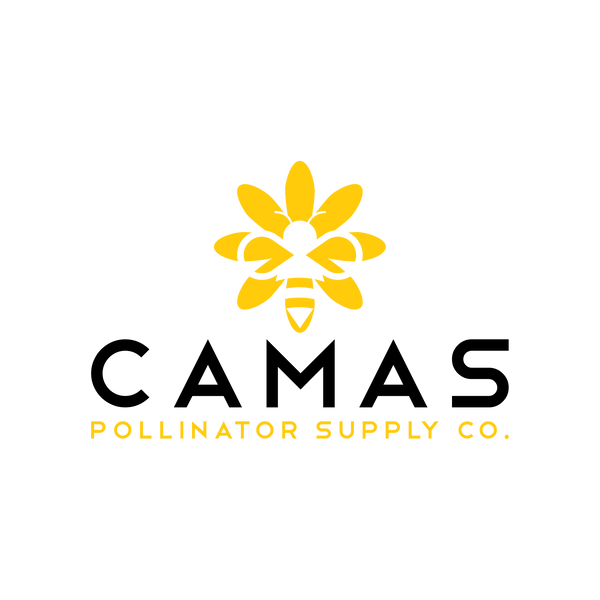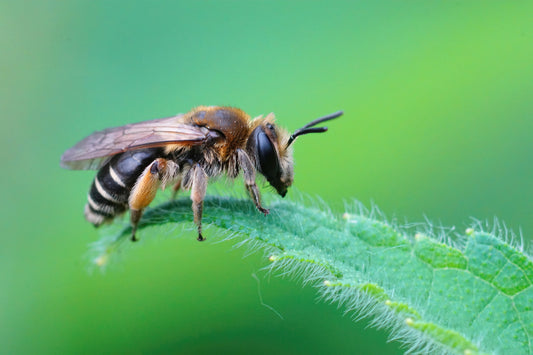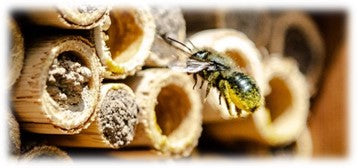
Have you ever noticed how few butterflies visit your garden in early spring? You're not alone!
As I learned the hard way last year, spring is the make-or-break season for pollinators. After winter's long hibernation, bees and butterflies emerge desperate for food and shelter, exactly when most of our gardens are at their barest.
"Spring is in the air, and it's tempting to clean up the yard. Yet, starting too early, or cleaning too thoroughly, can be devastating to our pollinators," warn environmental experts. This was my lightbulb moment – my obsession with spring tidiness was literally starving the pollinators I wanted to attract!
The statistics are honestly heartbreaking. Our pollinator friends face serious threats, with monarch butterfly populations plummeting by up to 58% in recent seasons, while U.S. honey bee colonies have dropped from 5 million to just 2.68 million in the last few decades. But here's the good news – your garden can become their sanctuary!
3 Challenges Every Spring Pollinator Gardener Faces (And How I Solved Them)
1. Finding Plants That Actually Bloom Early Enough
"My pollinator garden has been the least successful in spring. It's more difficult to find plants or seeds for native, spring bloomers," shared one experienced gardener. Sound familiar?
After three seasons of trial and error, I've discovered the secret: focus on woodland flowers and spring-blooming trees and shrubs. These plants evolved specifically to take advantage of spring's conditions before the tree canopy leafs out. My personal game-changers? Virginia bluebells, wild columbine, and serviceberry shrubs – they're pollinator magnets in April when little else is blooming!

What early bloomers have you tried in your garden? Have you noticed which ones attract the most activity?
2. The Spring Cleanup Dilemma
When is it safe to start cleaning up your garden? This used to drive me crazy until I learned a simple rule of thumb: wait until evening temperatures consistently stay above 50°F.
Here's my compromise approach:
-
Leave fall cleanup until late winter/early spring
-
When cutting back plants, keep stems 8-24 inches tall (this creates homes for mason bees and other cavity-nesters)
-
Tackle early weeding before they set seed, but work carefully around emerging perennials

This approach has doubled the number of native bees in my garden while keeping things looking intentional enough to please my neighbors!
3. Creating a Full-Season Support System
The biggest mistake I made (and maybe you're making too)? Focusing only on summer flowers. Pollinators need consistent support from the moment they emerge until they prepare for winter.
My breakthrough came when I started thinking like a pollinator real estate developer – they need:
-
Early food sources (those woodland flowers!)
-
Safe nesting places (leave some dead wood and bare soil patches)
-
Water sources (I added a shallow dish with pebbles)
-
Host plants for caterpillars (yes, they'll get munched – that's the point!)
Your 5-Step Action Plan for a Pollinator Paradise This Spring
Ready to transform your garden into a pollinator haven? Here's your simple roadmap:

-
Assess your space – Is it sunny? Shady? What's your soil like? "Your soil type and the amount of sunlight it gets will help determine the kinds of plants you can grow," so start with a quick soil test.
-
Choose diverse native plants – Native plants are pollinator magnets because "they are more attractive to local pollinators than imported or hybridized plants because the plants and native pollinators have evolved together."1 My go-to formula: 3 early spring + 3 late spring + 5 summer + 3 fall bloomers.
-
Plant in clusters – Pollinators are like tired shoppers – they want convenience! "Help pollinators find and use them by planting in clumps, rather than single plants." I've found groups of 3-5 plants work best.
-
Create nesting opportunities – My garden transformed when I added a "bee hotel" and left some bare soil patches. The Forest Service suggests you can "build a bee condo by drilling holes of varying diameter about 3 to 5 inches deep in a piece of scrap lumber."1 Weekend project, anyone?
-
Add water – A simple dish with pebbles, changed every other day to prevent mosquitoes, provides essential hydration for your tiny visitors.
The Surprising Benefits That Kept Me Hooked
When I started my pollinator garden three years ago, I expected some butterflies. What I didn't expect was how it would transform my relationship with my outdoor space.
Now I find myself spending mornings with coffee, watching the garden come alive.
Did you know "pollinators are responsible for 1 out of 3 bites of food we take each day."
By creating your spring pollinator garden, you're not just creating beauty – you're participating in conservation that matters.
Your Turn to Create Pollinator Magic!
What's one small change you could make this weekend to support spring pollinators? Whether it's adding a native shrub, building a bee hotel, or simply delaying your garden cleanup, every action creates ripples of positive change.
Leave a comment sharing your pollinator garden plans or questions – I respond to every comment and love seeing your garden transformations!
Want more pollinator gardening tips? Sign up for my monthly newsletter where I share seasonal planting guides, project ideas, and exclusive gardening insights you won't find on the blog!




